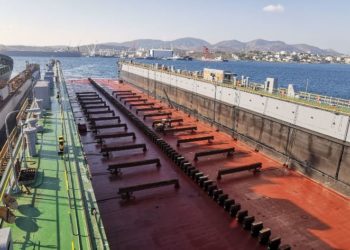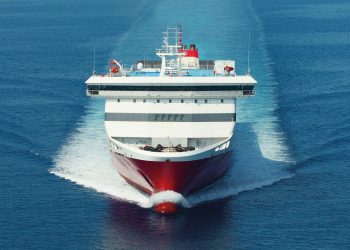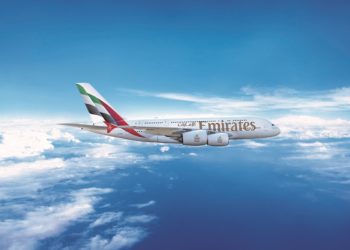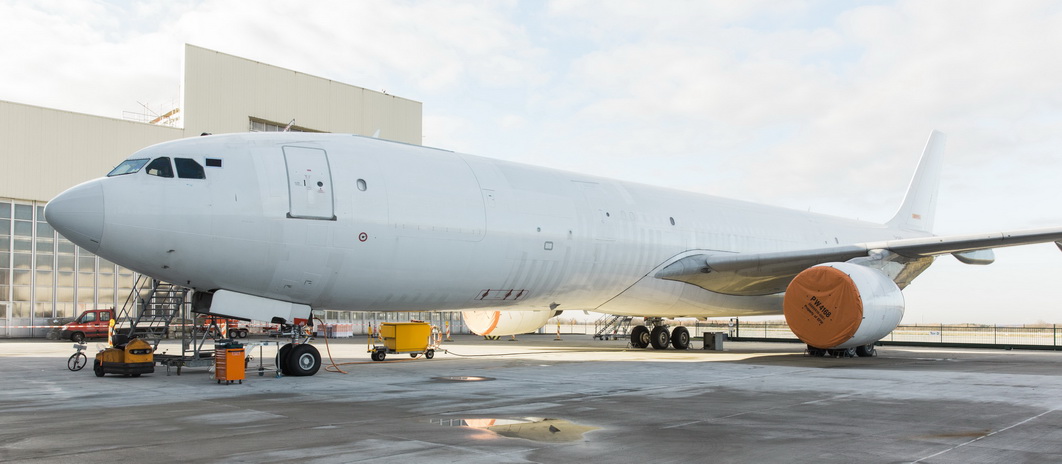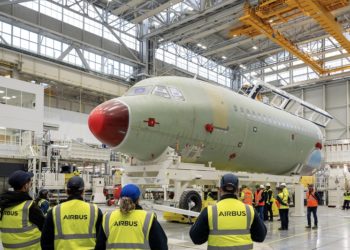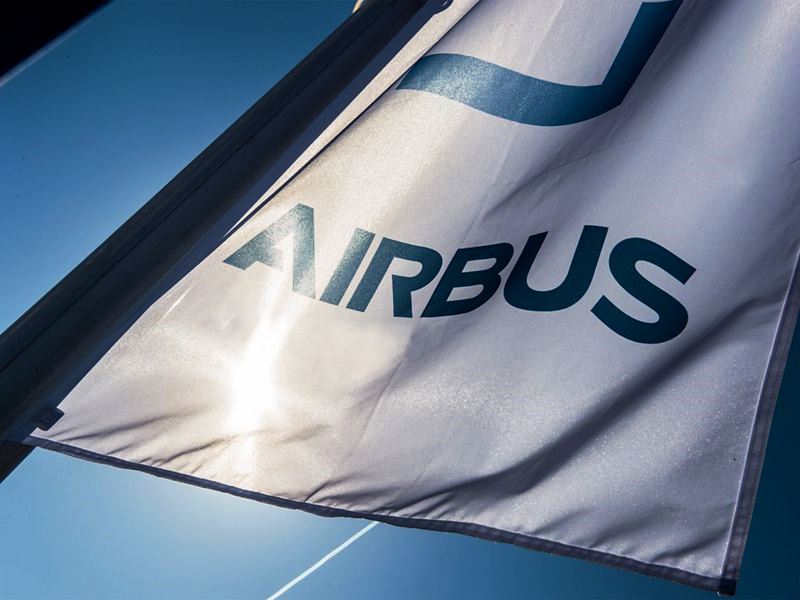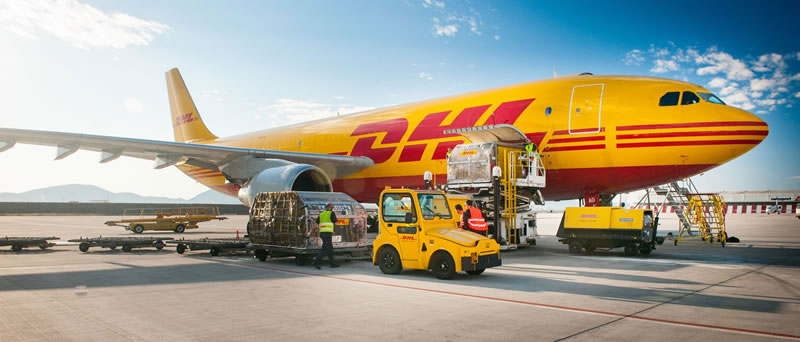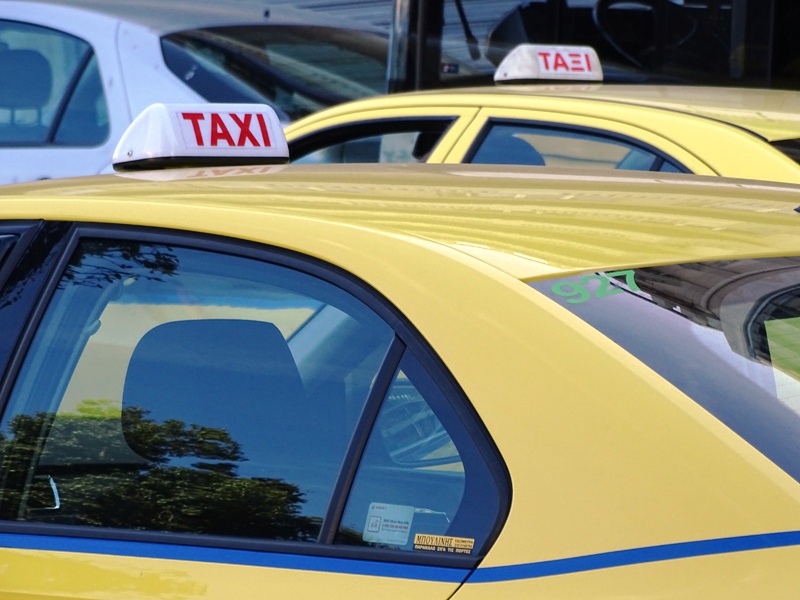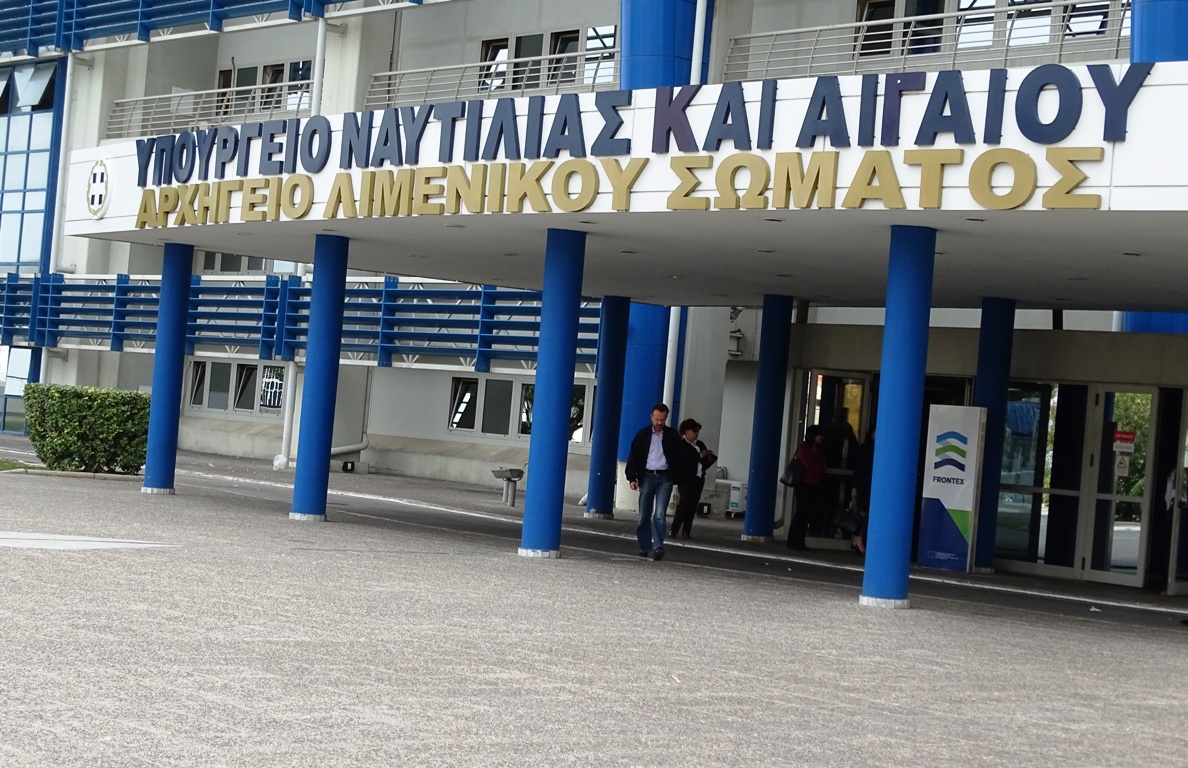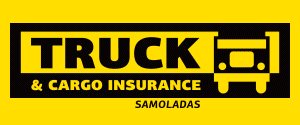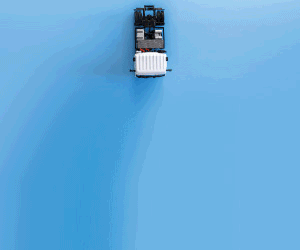DHL Express has become the first operator to take delivery of the A330-300 Passenger-to-Freighter (P2F) converted aircraft from Elbe Flugzeugwerke (EFW), the joint venture between ST Aerospace and Airbus.
This delivery, which took place at EFW’s freighter conversion facilities in Dresden, follows the successful completion of test flights in October and awarding of the Supplemental Type Certificate (STC) by the European Aviation Safety Agency (EASA) in November. DHL Express has firm orders for eight A330-300P2F units in total, with additional options to receive another 10.
“DHL Express is very excited to be bringing the first A330-300 P2F into commercial operation within our international air network,” said Geoff Kehr, SVP, Global Air Fleet Management, DHL Express. “The first aircraft is scheduled to strengthen our Asia Pacific air network, bringing added capacity and increased efficiency to a market where we are seeing dynamic express volume growth.”
“We congratulate DHL on the delivery of its first A330-300P2F. We are confident that this new-generation and efficient mid-sized freighter will bring significant benefits to DHL’s international express operations,” said Christopher Buckley, Airbus EVP Sales. “With its large internal volume and unbeatable economics, the A330-300P2F allows operators to step up capacity in markets where existing mid-sized freighters are becoming too small.”
The A330P2F conversion programme, launched in 2012, is a collaboration between ST Aerospace, Airbus and their joint venture EFW. ST Aerospace, as the programme and technical lead for the engineering development phase, is responsible for applying for the STCs from EASA and the US Federal Aviation Administration (FAA). Airbus contributes to the programme with OEM data and certification support, while EFW leads the industrialisation phase and marketing for the freighter conversion programme.
The A330P2F programme has two variants – the A330-200P2F and the larger A330-300P2F. The latter is ideal for serving the international express B2B and e-commerce cargo markets, which typically have a higher volume and lower density. The aircraft can carry up to 62 metric tonnes over 3,650 nautical miles, while offering 20 percent more cargo volume and lower cost-per-tonne than other available freighter aircraft types with a similar range.


